
Whether it’s TV shows like The Jetsons or blockbuster movies like Back to the Future, we’ve tried to predict what the future has in store for years. Many science fiction writers, inventors, and other experts also formed their own early predictions about the future. Surprisingly enough, many of these predictions turned out to be eerily accurate in the 21st century. Here are 13 eerily accurate old predictions that have shaped and mirrored our current reality.
1. Internet (Arthur C. Clarke, 1964)

In a BBC interview in 1964, a British sci-fi writer named Arthur C. Clarke envisioned a future where people would have computers in their homes. He believed we would all be connected through a global network. Boy, was he right! Today, the Internet is integral to daily life, supporting everything from remote work to social interaction and commerce.
2. Moon Landing (H.G. Wells, 1901)
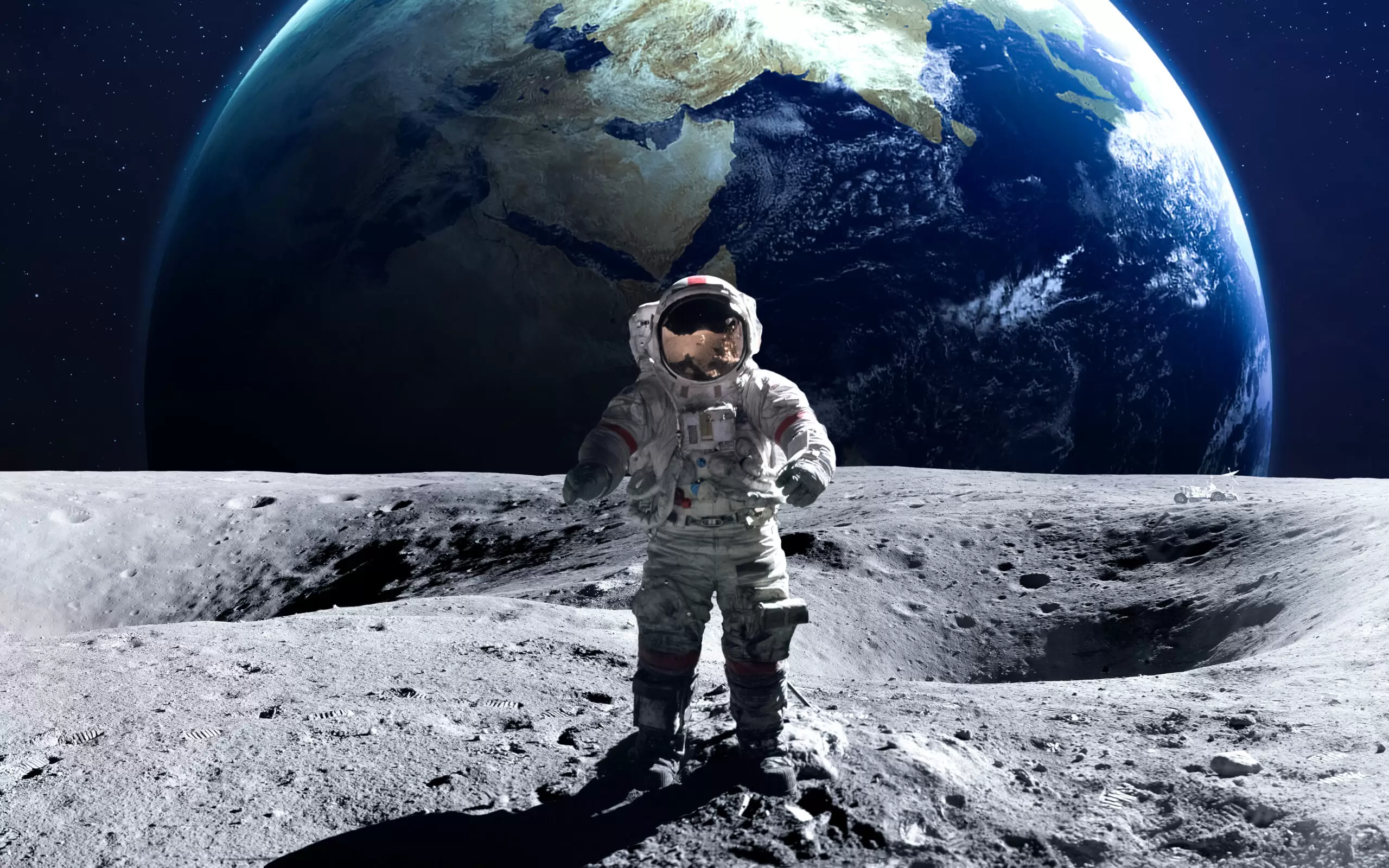
Science fiction writers seem to have their fingers on the pulse of what’s in store for the future. H.G. Wells’ novel, The First Men in the Moon, describes humans landing on the moon sometime in the future. This seemingly fantastical idea became a reality when Neil Armstrong and Buzz Aldrin walked on the lunar surface in 1969. Wells’ anticipation of space travel highlighted his understanding of human curiosity and technological potential.
3. Self-driving Cars (Isaac Asimov, 1958)
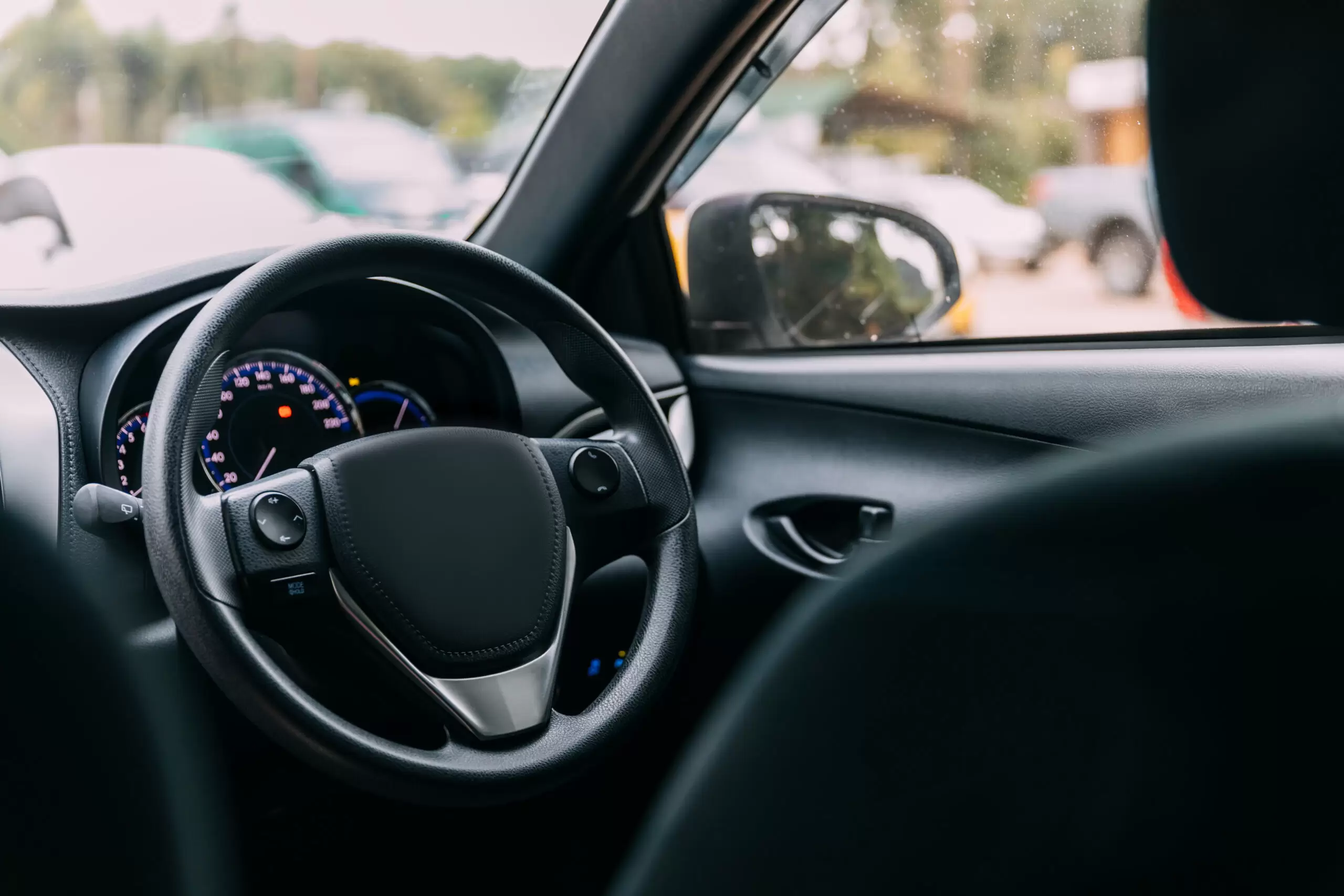
Early predictions about the future seem to always revolve around how cars will drive and function. Isaac Asimov predicted that autonomous vehicles would be commonplace in his essay, “Visit to the World’s Fair of 2014,” Today, self-driving cars are actually being tested on roads. Companies like Tesla, Google, and Uber are leading the charge toward making this technology widespread.
4. Digital Currency (Milton Friedman, 1999)

Recent estimates show that there are over 560 million cryptocurrency users worldwide. Economist Milton Friedman predicted the rise of “e-cash” or digital currencies that would function over the internet. His foresight precedes the development of cryptocurrencies such as Bitcoin, which have revolutionized financial transactions globally. It’s eerie how right his prediction was about life in the 21st century.
5. Flat-Screen Televisions (Ray Bradbury, 1953)

Ray Bradbury’s books are constantly on the banned list. Fahrenheit 451, in particular, has sparked controversy and debate among many people. In this famous book, Bradbury described wall-sized, flat-screen televisions, which seemed unbelievable at the time. Modern homes now often feature similar technologies, with flat-screen TVs and home theater systems becoming standard entertainment equipment.
6. Live Video Communications (Georges du Maurier, 1898)
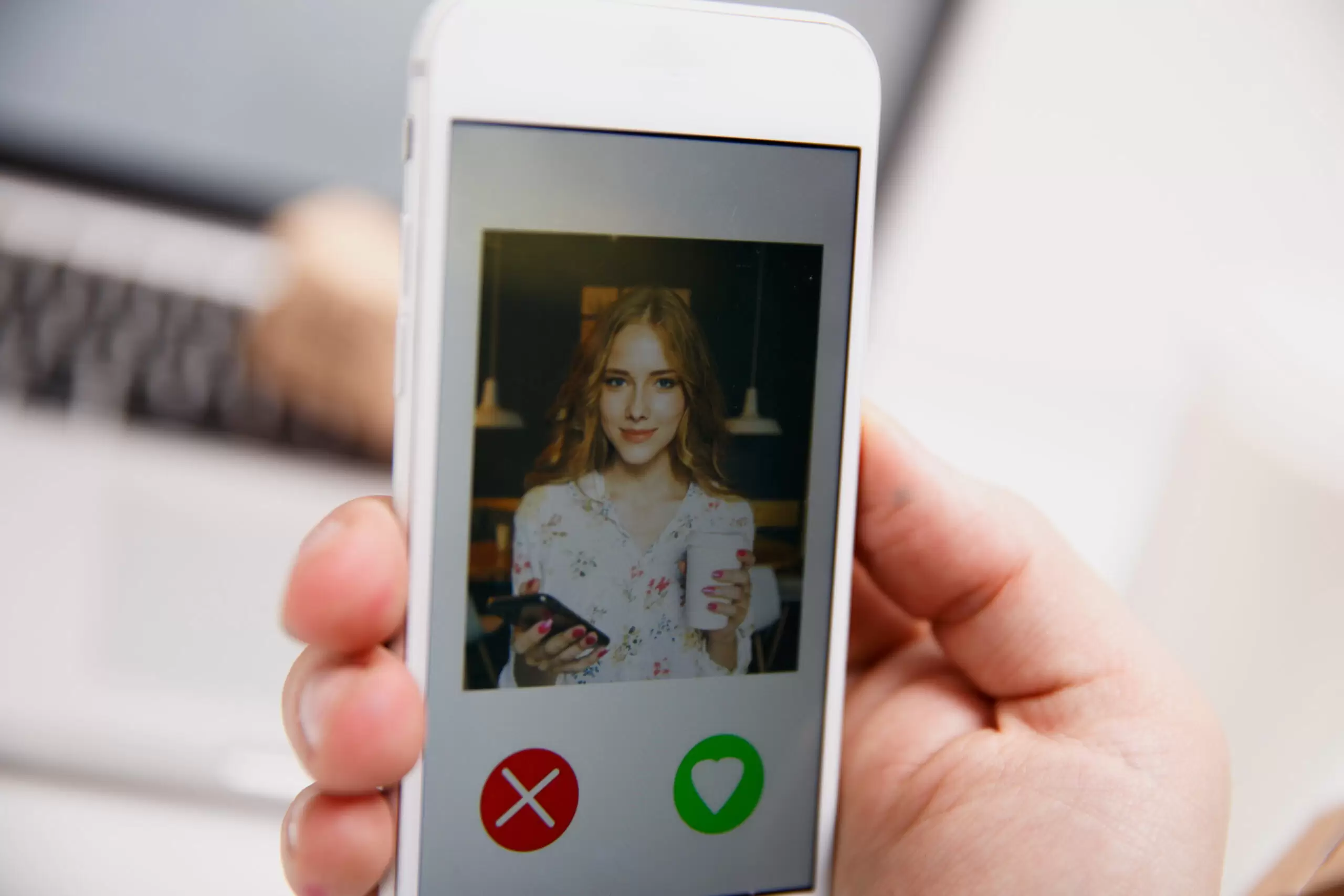
It could be that sci-fi novels inspire inventors, or it could be that authors secretly have visions of the future. Whatever the case, many of these books seem to predict inventions and ideas that become a reality later. For instance, author George du Maurier described a device called the “telephonoscope” in his novel, The Martian. This device functions much like today’s video calls via apps like Skype or FaceTime.
7. Genetic Engineering (Aldous Huxley, 1932)

Science can do remarkable things, but before these achievements become reality, they’re sometimes mere thoughts in sci-fi novels. In Brave New World, author Aldous Huxley introduced the concept of genetically modified humans. Today’s advancements in genetic engineering, including CRISPR and gene therapy, are used to prevent and treat diseases. Time will tell how this technology will evolve in the future.
8. Waterbeds (Robert A. Heinlein, 1942)

Back in the 70s and 80s, many people enjoyed sleeping on groovy water beds. Chances are your grandparents or great-grandparents even had this time of bed at home. Robert A. Heinlein described water-filled beds in his novella “Beyond This Horizon.” These beds, similar to modern waterbeds, provided comfort and medical benefits.
9. Drones (Murray Leinster, 1946)
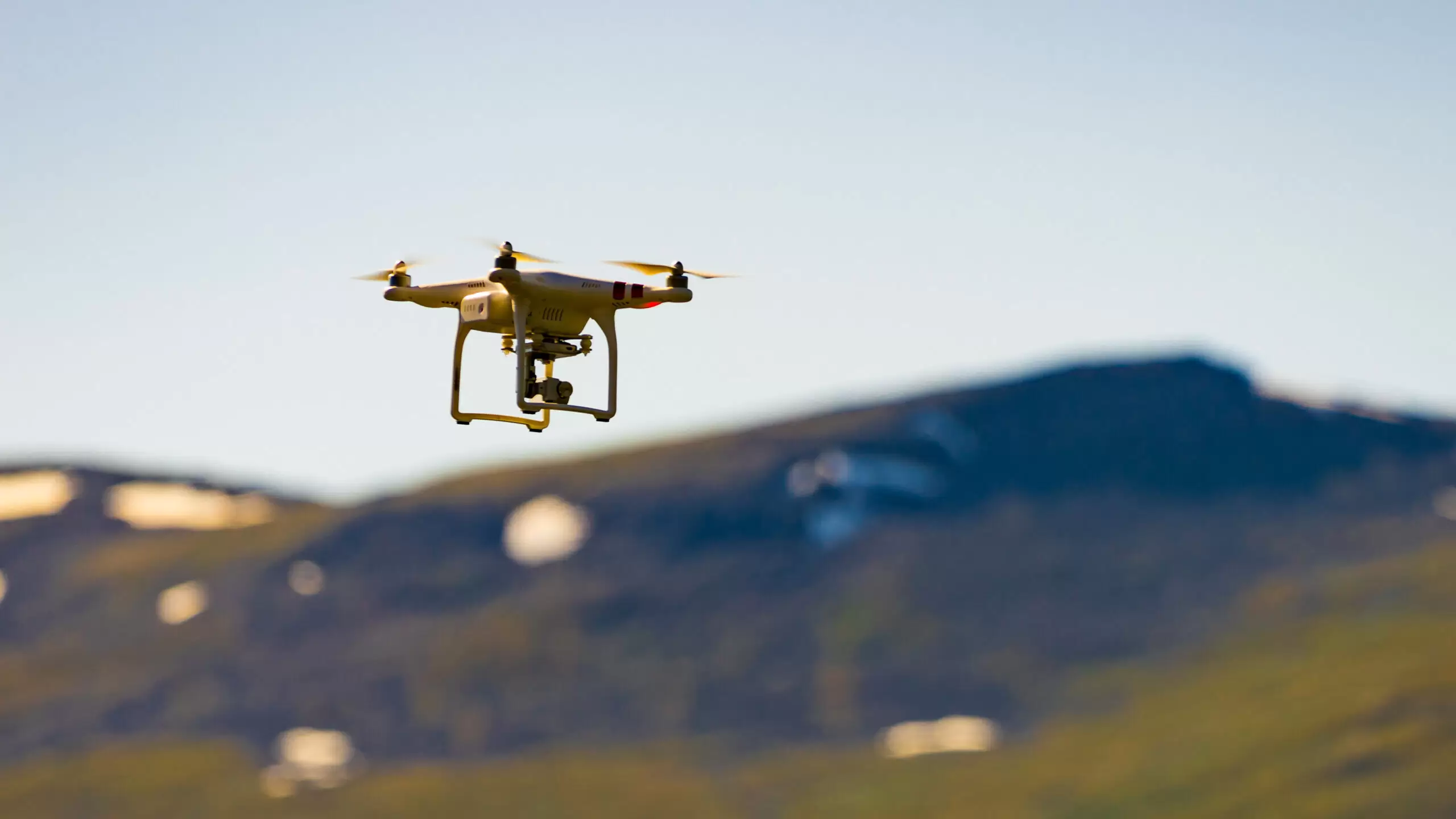
Those who love to read sci-fi novels will see many eerie similarities between life in the books and life in the future. Anyone who’s read Murray Leinster’s short story “The Drones,” may notice that he predicted unmanned, remote-controlled flying devices. Today, drones are used for everything from aerial photography to delivery services. Leinster even had the name of this technology right.
10. Online Shopping (E.M. Forster, 1909)

With sites like Amazon and Etsy, there are now over 2 billion people doing their shopping online. It’s hard to imagine a world without e-commerce, and crazy enough, it was predicted as reality over 100 years ago. In his story The Machine Stops, author E.M. Forster envisioned a form of online shopping that allows people to select goods without leaving home. This prediction is even more remarkable since it was long before computers and the internet.
11. Wearable Technology (Chester Gould, 1946)

Comic strips are usually meant to entertain and make you laugh. However, there happens to be a comic strip featuring Dick Tracy using a watch that acted as a mobile phone and two-way radio. Today’s smartwatches embody these functions far beyond what Gould had predicted. These gadgets are becoming increasingly integrated into daily life.
12. Social Media (Roger Zelazny, 1967)
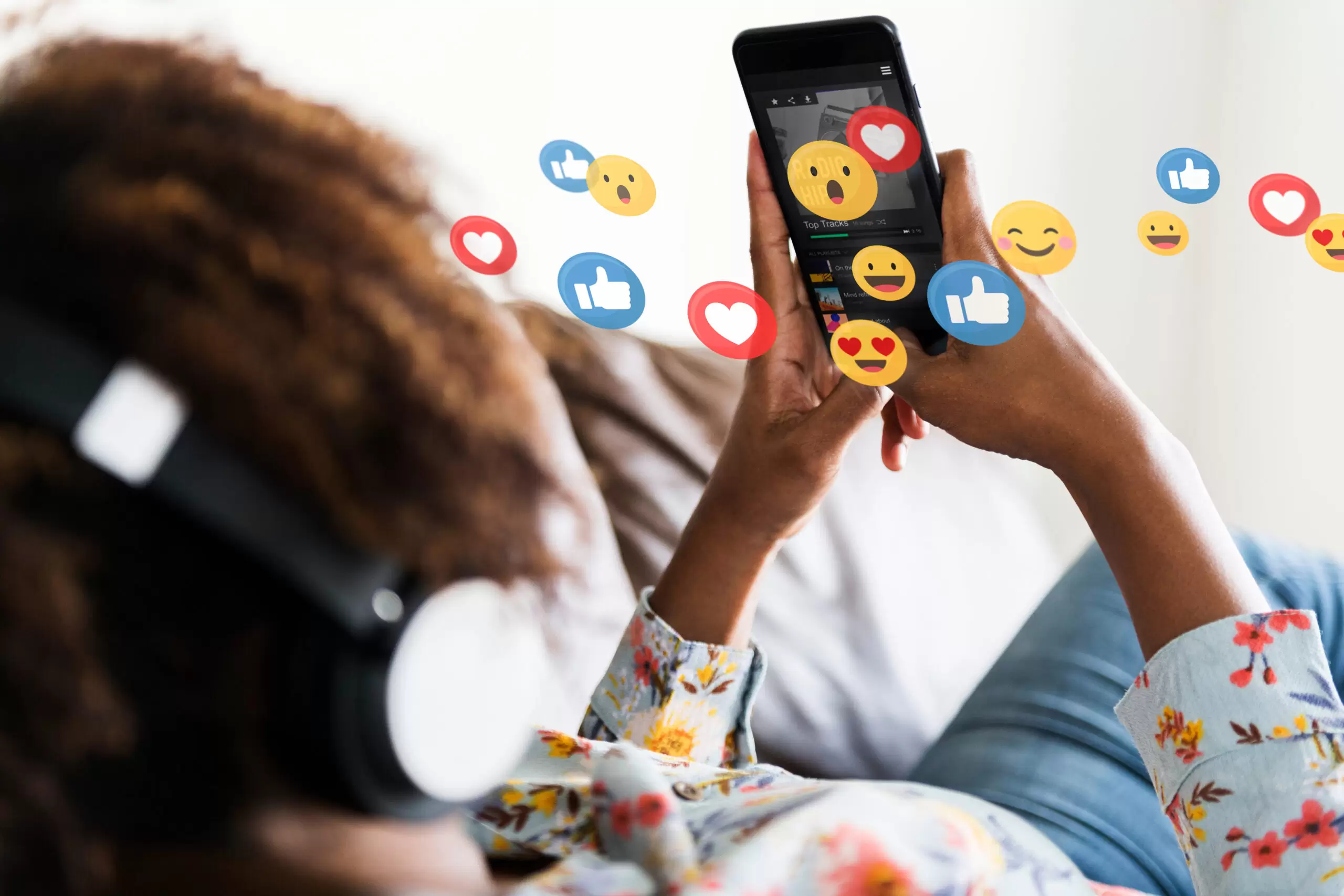
For Gen Z’ers, it’s hard to imagine a world without social media. These online networks were first predicted in Roger Zelazny’s novel, Lord of Light. He described a world where people could communicate instantaneously using devices before the advent of the internet. This mirrors today’s social media platforms, which connect billions globally in real-time.
13. Voice-Activated Technology (Stanisław Lem, 1961)
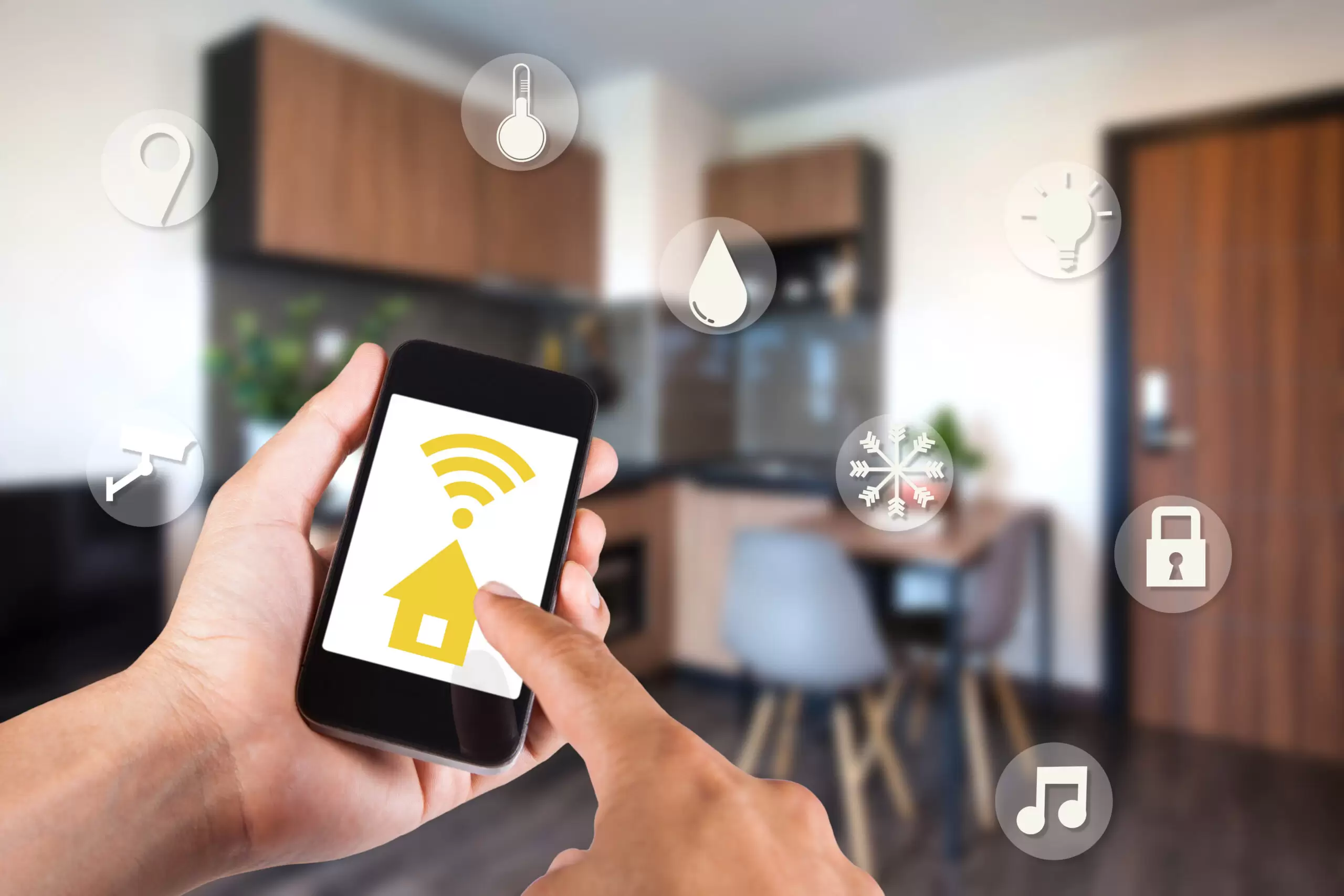
Alexa does a lot of research for many people around the country, with an estimated 500 million users. Author Stanislaw Lem saw this in our future by making it a reality in his story Return from the Stars. Lem envisioned “audiobooks” that were voice-activated, much like modern virtual assistants such as Amazon’s Alexa or Apple’s Siri. These smart home devices respond to voice commands like playing our favorite music or answering our most pressing questions.
Fantasy Meets Future

It’s amazing how early predictions about the future actually are in reality. Sci-fi authors and other profound creators and thinkers sometimes understand human trends and technological growth beyond other minds. These visionaries are able to look beyond the limitations of the decade they live in and accurately forecast a future that many of us now take for granted. As we move forward, it will be fun to see who else is right about what’s in store for the future.
Read More:
17 Startling Predictions About the Future of the Internet
16 Signs You’re More Intelligent Than You Think

Alyssa Serio has been a writer and editor since graduating from Aurora University in 2014. In her free time, she loves reading, playing volleyball, and watching any horror movie (even the bad ones) with her husband.

